
Space Agencies
The National Aeronautics and Space Administration (NASA) is an independent U.S. governmental agency established in 1958 for the research and development of vehicles and activities for the exploration of space within and outside of Earth’s atmosphere. Headquarters of NASA are in Washington, D.C.

1 of 3
The organization is composed of four mission directorates program offices: Aeronautics Research and Space Technology, for the
development of equipment to improve America’s air transportation; Exploration Systems, for the exploration of the Moon and Mars; Science, for understanding the origin, structure, and evolution of the universe, the solar system, and Earth; and Space Operations, in charge of manned spaceflight, specifically the space shuttle and the International Space Station.
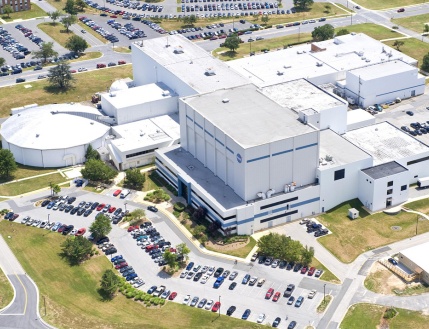
2 of 3
A number of additional research centres are affiliated, including the Goddard Space Flight Center in Greenbelt, Maryland.; the Jet Propulsion Laboratory in Pasadena, California; the Lyndon B. Johnson Space Center in Houston, Texas; and the Langley Research
Center in Hampton, Virginia.

3 of 3
Agency-level management takes place at NASA headquarters in Washington, D.C. People at this level interact with national leaders and NASA customers regarding overall agency concerns, such as budget, strategy, policies, and long-term investments. The headquarters is considered the centralized point of accountability and communication between NASA and people outside the agency.
NASA was created largely in response to the Soviet launching of Sputnik in 1957. It was organized around the National Advisory Committee for Aeronautics (NACA), which had been created by Congress in 1915. NASA’s organization was well underway by the early years of Pres. John F. Kennedy’s administration, when Kennedy proposed that the United States put a man on the Moon by the end of the 1960s. To that end, the Apollo program was designed. Later missions explored other planets in the Solar system. NASA also launched satellites into Earth orbit and developed the space shuttle program.

1 of 6
Once it became obvious that space exploration was an achievable reality, it became a national priority for rich and powerful countries. Following World War II, there were only two superpowers in the world—the United States and the Soviet Union—and
they considered each other enemies. Both superpowers had military, scientific, and political reasons to pursue space travel.
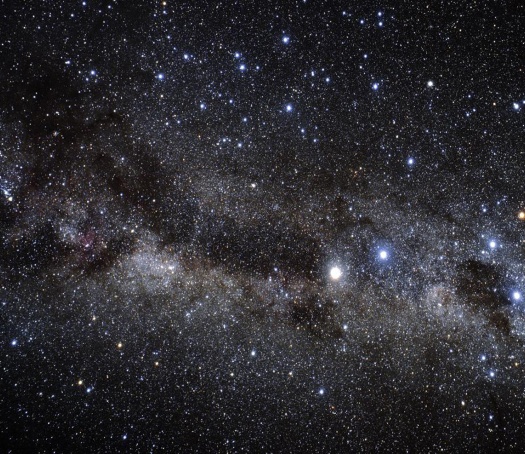
2 of 6
Outer space was a potential battlefield and provided an opportunity to spy on enemies on the other side of the world. Scientists,
however, valued space travel for another reason. They wanted to gather data from space to help them unravel the mysteries of the universe. From a political standpoint, a successful space program was a source of national pride and a symbol of national superiority. This motivation above all others drove the earliest decades of space exploration.
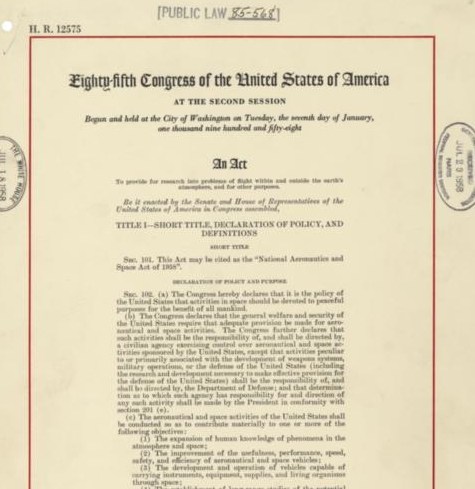
3 of 6
NASA was founded following enactment of the National Aeronautics and Space Act of 1958. The stated purpose of the act was ‘‘to provide for research into problems of flight within and outside the earth’s atmosphere, and for other purposes.’’ The act specifically mandated that NASA would be a civilian agency with control over all nonmilitary aeronautical and space activities within the United States. The research and development of weapons and national defense systems remained under the control of the U.S. Department of Defense (DOD). However, the act called for sharing of information between the two agencies.

4 of 6
The U.S. astronaut Neil Armstrong became the first man on the Moon. Later unmanned programs—such as Viking, Mariner,
Voyager, and Galileo—explored other bodies of the solar system.

5 of 6
NASA was also responsible for the development and launching of a number of satellites with Earth applications, such as Landsat , a series of satellites designed to collect information on natural resources and other Earth features; communications satellites; and weather satellites.
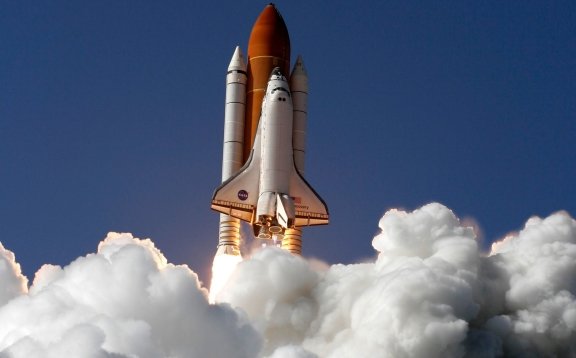
6 of 6
NASA planned and developed the space shuttle, a reusable vehicle capable of carrying out missions that cannot be conducted with conventional spacecraft.
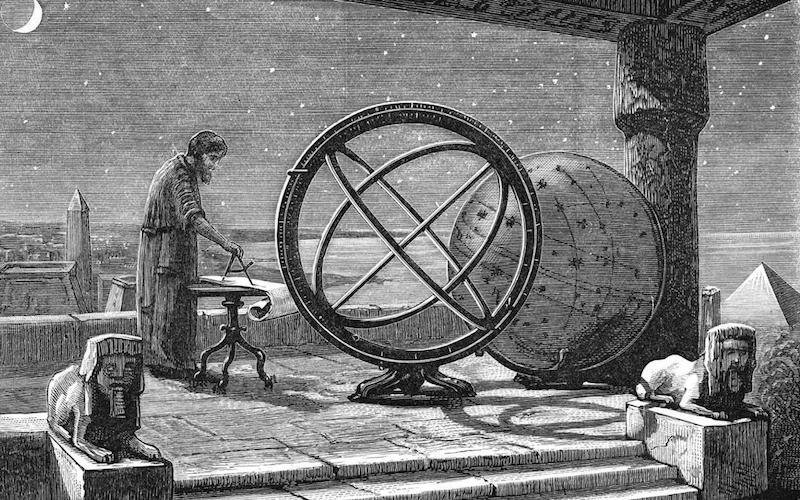
Astronomy in the Ancient Times
Astronomy is a science that studies celestial objects and phenomena. Humanity has studied astronomy since ancient times. Astronomy, as an orderly pursuit of knowledge about the heavenly bodies and the universe, did not begin in one moment at some particular epoch in a single society. Every ancient society had its own concept of the universe (cosmology) and of humanity's relationship to the universe. In most cases, these concepts were...
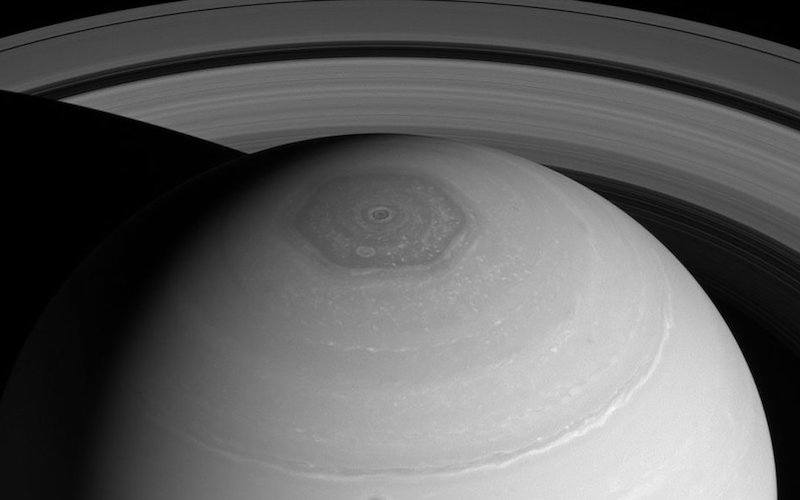
Astronomy in the Modern Times
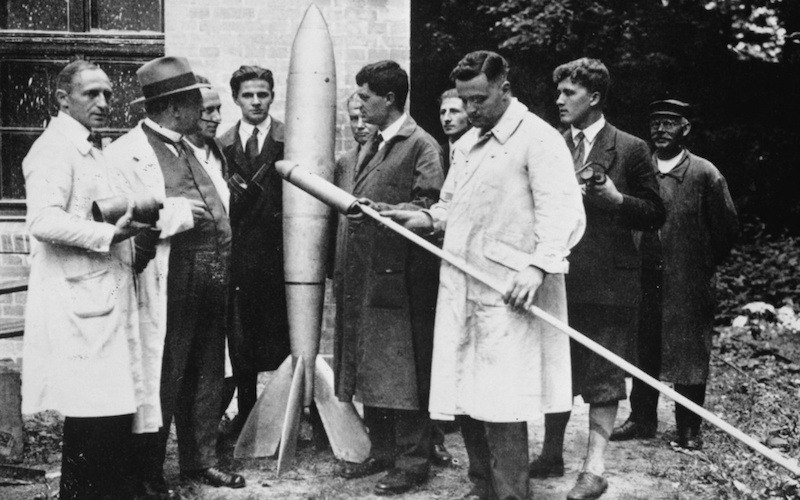
History of Rockets

Space Race

Space exploration and the Cold War
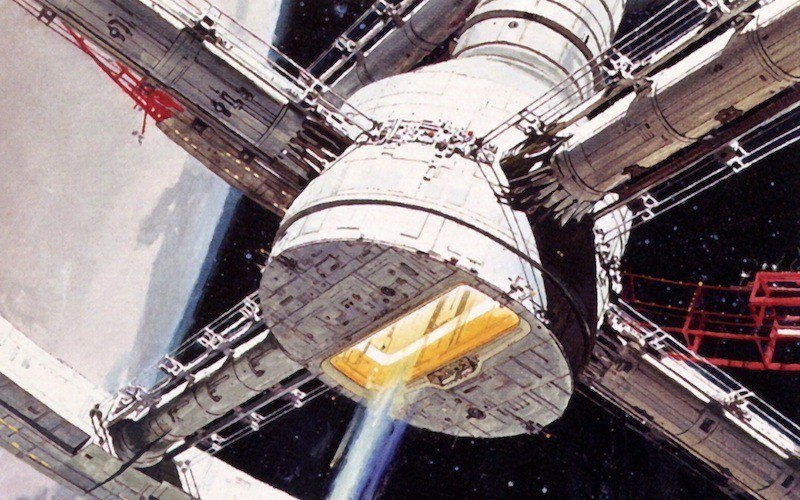
Science fiction and space exploration
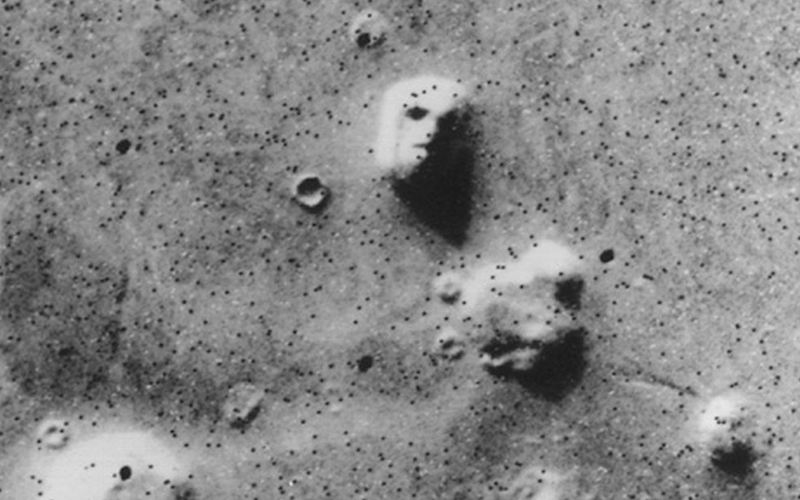
Exploration of Mars

Exploration of the inner solar system
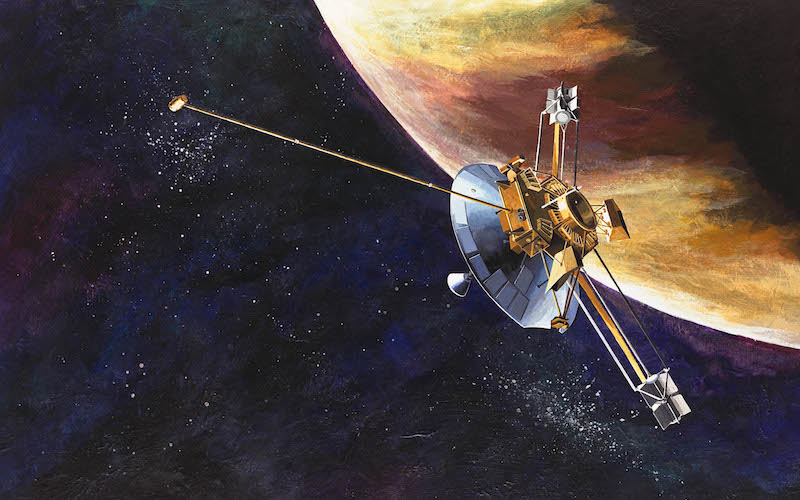
Exploration of the outer solar system

Modern orbital space exploration
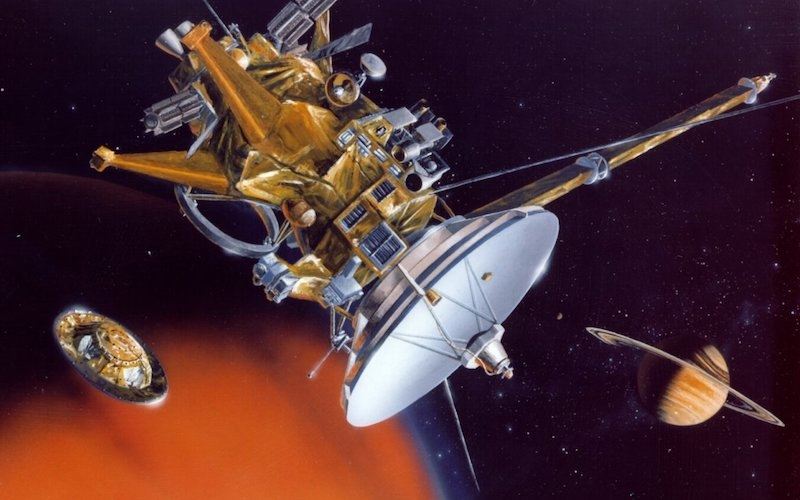
History of Satellites
One of the most dramatic moments of the twentieth century occurred on October 4, 1957. The Soviet Union sent a small shiny sphere with four long antennas into space. They called it Sputnik I. Sputnik is a Russian word that means “traveling companion.” The satellite traveled so fast that its ballistic flight continued all the way around Earth.
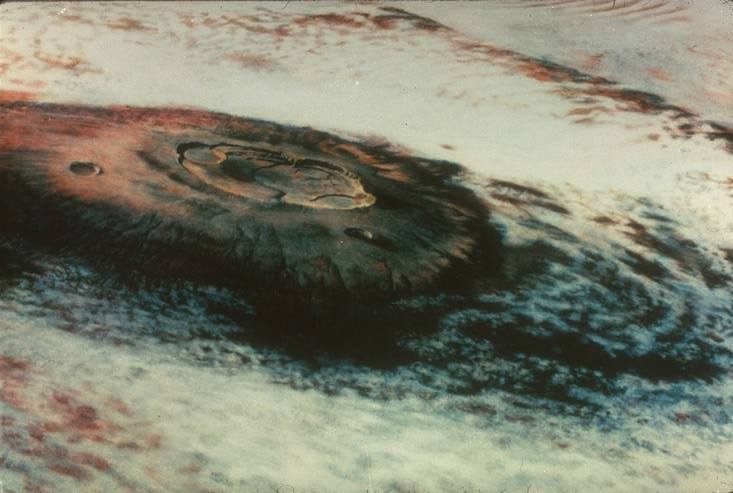
The Future of Space Exploration
While the current lunar exploration initiative has been justified as a “stepping stone” toward Mars, human missions to Mars represent a major step up in complexity, scale, and rigour compared to lunar missions.
- Erik Gregersen, Unmanned space missions: An explorer’s guide to the universe, Britannica Educational Publishing in association with Rosen Educational Services, New York, 2010
- Kim Masters Evans, Space Exploration Triumphs and tragedies, Gale Publishing, Farmington Hills, Michigan, 2009





